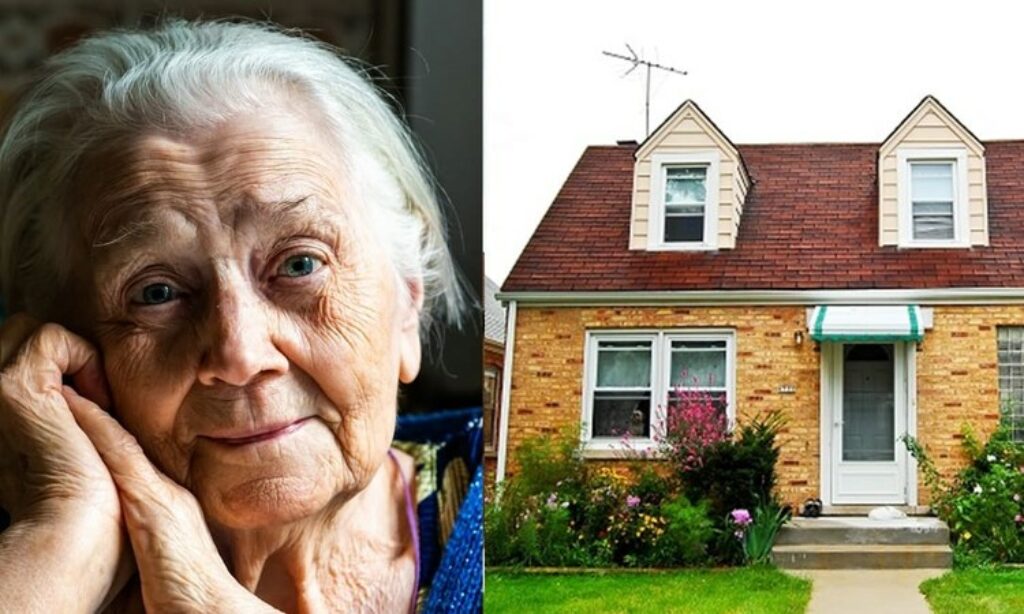
A Guide to Understanding Reverse Mortgages in Canada
Reverse mortgages allow Canadian seniors to access home equity without monthly payments. Consider the pros and cons before getting a reverse mortgage.
Related Topics (Sponsored Ads):

How Reverse Mortgages Work and Their Pros and Cons
Reverse mortgages are a unique financial product available to homeowners aged 55+ in Canada. With a reverse mortgage, you receive cash or a line of credit using your home’s equity while still retaining ownership of your house. Unlike traditional mortgages, reverse mortgages do not require any monthly repayments. The loan principal and accrued interest are due once you sell the home, move out, or die. At that point, the reverse mortgage must be repaid using sale proceeds from the house. Any equity remaining after repayment goes to your estate.
To qualify, you must be 55 or older and have substantial equity built up in your home. Many lenders require at least 45-55% equity, with some needing up to 75%. The more equity you have, the larger the payout you can receive. You undergo a financial assessment to determine the amount available based on your age, home value, location, and equity stake. Typically, you can access up to 25-55% of your home’s value, subject to a maximum cap set by the government. Payout options include a lump sum, regular monthly amounts, a line of credit, or a combination.
With reverse mortgages being “non-recourse” loans, you will never owe more than the value of your home at the time of sale or repayment, even if the loan balance grows more significant than the home’s value. This protects your estate from debt. However, it is essential to maintain home insurance and property taxes to stay in good standing. Consult a qualified mortgage broker or advisor to ensure you fully understand the reverse mortgage structure before committing.
Reverse mortgages offer several potential benefits but also have drawbacks to consider:
Pros:
- Access tax-free cash from your home equity without moving or selling your house. This provides retirement income to cover expenses.
- No required monthly repayments. You retain ownership and can live in your home without mortgage payments.
- Non-recourse loan protects you from owing more than your home’s value whenever it’s sold.
- Funds can be used for any purpose – to cover healthcare, home renovations, daily bills, etc.
- Heirs still inherit any remaining equity after the reverse mortgage is repaid.
Cons:
- Origination fees, closing costs, and interest rates are higher than traditional mortgages. This reduces the net payout you receive.
- Your equity stake in the home is reduced over time as the loan balance grows. Less wealth is left to heirs.
- Strict qualification criteria – requires substantial home equity of 45%+. Not accessible to all.
- Owning a reverse mortgage can complicate applying for traditional home loans in the future.
- Repayment not deferred forever – becomes due if you sell the home or move out.
- Risk of delaying needed home repairs if diverting equity to other costs.
- Government insurance premiums on reverse mortgages reduce payout amounts.
- Predatory lending practices by some reverse mortgage companies.
Consider alternatives like downsizing, home equity lines of credit, or sale-leaseback arrangements, which allow you to tap home equity while keeping ownership. Weigh pros and cons carefully based on your financial situation and goals before deciding if a reverse mortgage aligns with your needs. Consult trusted financial and legal advisors.
Compare Reverse Mortgage Lenders to Find the Best Terms
If moving forward with a reverse mortgage, choose a reputable lender offering competitive rates and fees. Top national lenders include HomeEquity Bank, Equitable Bank, and Sun Life Financial. Large banks like CIBC, Scotiabank, RBC, and TD offer reverse mortgages. Compare interest rates, origination fees, insurance premiums, closing costs, and maximum payout amounts across lenders. A lower total cost of borrowing means more net proceeds in your pocket.
HomeEquity Bank is Canada’s largest reverse mortgage lender with over 25 years of experience. They offer fixed and variable rate options with 5-6% total borrowing costs, depending on loan terms. Maximum payout is 55% of home value. Equitable Bank is another top pick, providing both lump sum and line of credit reverse mortgages. Their total cost of borrowing ranges from 5-7% of the loan balance.
When evaluating lenders, review all terms carefully to calculate total costs. Ask about any hidden fees. Verify Canada Mortgage and Housing Corporation (CMHC) insurance is included to provide third-party oversight and protect you from predatory lending tactics. Compare customer service ratings and complaints. A reverse mortgage is a significant financial commitment, so take time to select a reputable lender you trust.
If opting for a significant bank, weigh their generally higher rates against the convenience of having an existing relationship. Credit unions are also worth considering, but maximum payout amounts may be lower. Mortgage brokers can compare options across multiple lenders to find your best fit. Seek an independent broker charging flat-rate fees, not a percentage commission. Ask about any ties or exclusive partnerships with specific reverse mortgage companies. An unbiased broker provides the best chance of optimizing loan terms and costs for your needs.
Consider Alternatives Thoroughly Before Committing
Given the high costs and permanent reduction in home equity, carefully weigh alternatives before choosing a reverse mortgage. Downsizing to a smaller property in a less expensive area is an option, provided you can sell at a profit. This converts home equity to cash while reducing expenses. If staying put, a home equity line of credit allows you to borrow against your equity when needed and make interest-only payments. Lenders like TD and RBC offer HELOCs even for retirement income.
Seniors requiring in-home care can pursue sale-leaseback arrangements. This involves selling your current home to an investor and then leasing it back long-term so you can age in place. The sale provides a lump sum payout, while monthly rent replaces mortgage payments. Investors like Pad Scaff and HomEquity offer leaseback programs in Canada.
Evaluate government benefits maximizing income without debt. Old Age Security provides monthly payments starting at 65 based on years lived in Canada. Guaranteed Income Supplement offers added income to low-income seniors. Disability and caregiver benefits provide tax-free support, too. Explore pension splitting to even out household incomes. Property tax deferral programs let eligible seniors defer taxes until selling the home.
Where possible, delay government pensions and retirement withdrawals to maximize future earnings. Seek returns on investments like dividend stocks, annuities, and registered savings. Consider downsizing or taking in a roommate to cut expenses. Rental income from a basement suite or in-law suite creates cash flow. Selling valuable personal items like jewelry, antiques, or collections generates funds without incurring interest costs.
If your needs ultimately require accessing home equity, weigh lower-cost secured loans against reverse mortgages. Take out only what you need. Before moving forward, seek professional advice to ensure you fully understand the implications and alternatives. Proper planning allows you to tap home equity cost-effectively while preserving wealth for retirement and heirs.
Conclusion
Reverse mortgages can provide Canadian seniors with income in retirement by unlocking home equity without monthly payments or having to move. However, the high borrowing costs, qualifications required, and permanent reduction in home value passed to heirs make carefully weighing alternatives critical. Thoroughly research reverse mortgage terms and lenders to get the best rate and maximize your payout if you choose this route. But also explore options like downsizing, government benefits, sale-leasebacks, or traditional home equity loans that may better maintain wealth. With proper planning and advice, you can fund retirement and healthcare costs while preserving home equity for your estate. Make an informed decision, weighing all the pros, cons, and alternatives before using your home equity through a reverse mortgage.
Related Topics (Sponsored Ads):
Discover More






